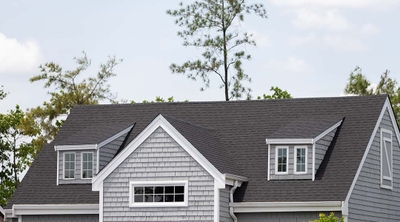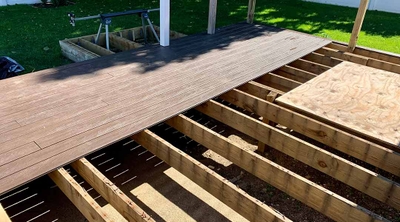How to go green at home
3 min read
Learning how to be more environmentally friendly at home is relatively easy. One of the simplest ways to go green at home is to look at what you buy daily or weekly. Another way is to avoid single-use items — especially plastic ones — and choose reusable items instead. Changing up your appliances and power choices can also help you go green at home.
Ways to go green at home
Reduce plastic usage
According to the Environmental Protection Agency (EPA), plastic as a percentage of material in our landfills has been steadily increasing. Within the last decade, it’s become the second-largest source of municipal solid waste (MSW) in landfills. Additionally, the EPA estimates that 60%-80% of all marine debris is plastic. Luckily, there are easy ways to go green at home and reduce plastic usage.
Using a drip coffee maker instead of a single-pod coffee machine is one step you can take. You can also replace single-use and disposable plastic items like water bottles, coffee containers, food storage containers, shopping bags, straws, and plastic cutlery with reusables every day. While plastic waste is now the second-largest source of MSW in landfills, food waste is the largest. Research garden composting, another green practice for your household that can help reduce food waste.
Reduce energy usage
The U.S. Energy Information Administration reports that 88% of America’s primary energy production comes from non-renewable fossil fuels and nuclear energy. Reducing your energy usage lowers fossil fuel usage and your energy bill, helping you go green at home. In the summer, you can service your A/C unit to keep it effective and efficient. In fact, following a seasonal home maintenance checklist is a great way to ensure your home’s energy systems are running efficiently.
You can also reduce your energy consumption as a green household by doing the following:
- Using a toaster or toaster oven instead of the main range
- Washing clothes in cold water instead of warm or hot
- Selecting the low heat setting on your dryer, or line drying your laundry
- Replacing regular light bulbs with LED bulbs
- Using natural light and turning off lights in rooms you’re not in
- Turning off computers and other power-drawing equipment completely
- Installing thermal shades or other energy-saving window treatments
Use sustainable technology
Evolving technologies create a lot of new planet-friendly possibilities for our lives. We can make changes of all sizes and impacts by switching the items we use and shifting the actions we take in our daily lives. To utilize technology and go green at home, install a smart/digital thermostat, pay bills online and opt out of paper billing, upgrade to energy-efficient appliances and switch to a green energy supplier, or ask your power company if you can choose the source of your energy generation.
You can also reduce your energy bill and carbon footprint by investing in solar power for your home. Solar energy is one of the best go green home improvements you can make. Federal, state, and local tax credits and incentives may be available to offset the cost of purchase and installation.
How to be more environmentally friendly at home
When you use environmentally friendly products in and around your home, you’re not just doing the planet a favor. You’re also keeping your family healthier by reducing their exposure to potentially toxic chemicals. Here are a few easy examples of where you can make these changes for a greener household.
- Use glass instead of plastic in microwaves.
- Use cast iron or stainless-steel pots and pans instead of artificially-coated nonstick ones.
- Select EPA-reviewed “Safer Choice” items.
- Use “fragrance-free” personal care, skin care, and cosmetic products.
- Use green cleaning products for laundry, bathrooms, kitchen surfaces, appliances, and flooring.
- Choose environmentally friendly pesticides and bug sprays.
- For lawns, get your soil tested first; then, use the appropriate natural lawn fertilizer.
- Use safe outdoor cleaning products to prevent chemicals from poisoning groundwater.




